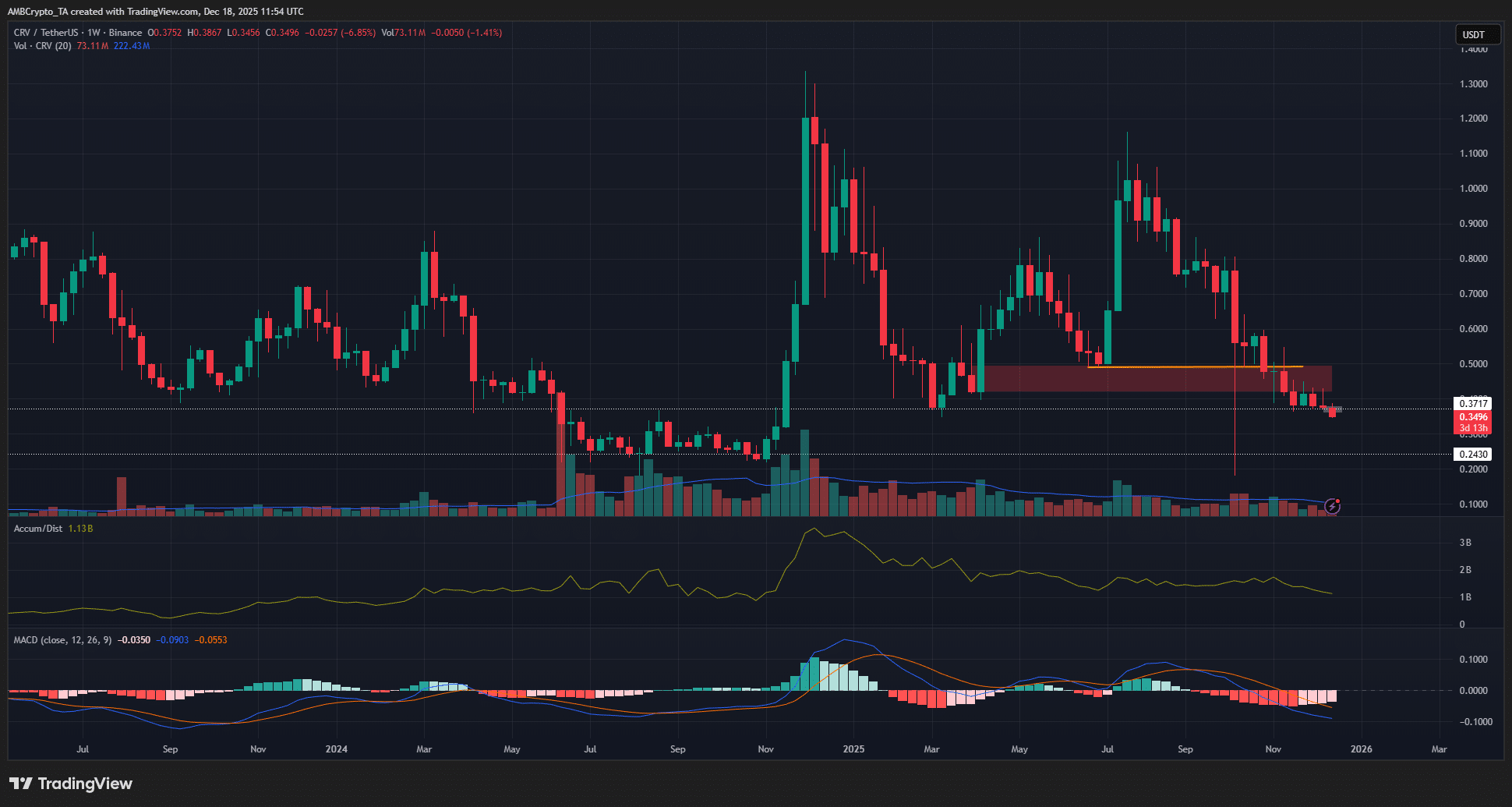Ethena’s USDe jumps to third-largest stablecoin as market cap surges 75% to $9.3 billion in past three weeks
Quick Take USDe market cap jumped 75% to about $9.3 billion, overtaking FDUSD and trailing only USDT and USDC among stablecoins. Ethena’s protocol TVL also climbed to almost $10 billion, ranking seventh in DeFi, as regulatory clarity from the GENIUS Act and an Anchorage custody deal seemingly spurred institutional inflows.

USDe, the yield-bearing stablecoin issued by Ethena Labs, has leapt past FDUSD to become the third-largest dollar-pegged token, after a 75% market cap surge since mid-July boosted outstanding coins to about $9.3 billion, according to The Block’s data dashboard .
The Block’s Research Analyst Brandon Kae said USDe demand likely accelerated after President Donald Trump signed the GENIUS Act , the first comprehensive U.S. law for dollar-backed stablecoins. Ethena’s subsequent custody partnership with Anchorage Digital to issue the synthetic dollar in U.S. markets as a GENIUS-compliant stablecoin possibly supported the supply increase, Kae added.
USDe offers holders a variable staking-plus-funding-rate return between 10% to 19% APY, drawing capital from investors seeking larger ROI as U.S. Treasury yields offer less competitive yields compared to DeFi.
Overall dollar-token supply has expanded for seven straight months, with the sector’s float now near $257 billion, up from $200 billion in January. Only Tether’s $164 billion USDT and Circle’s USDC at $63 billion command larger market capitalizations than USDe among stablecoins.
Ethena launched USDe in early 2024 with a delta-neutral design that matches onchain collateral with short perpetual swap positions. The model, built to maintain a $1 peg, faced doubts due to high yield spikes and collateral volatility in its early days. Skeptics also compared the token to Terra’s crippled UST coin, which collapsed in 2022 due to its algorithmic design and lack of full collateralization.
However, USDe’s system differs from UST’s algorithmic mechanism. UST was not fully collateralized and relied on supply-demand algorithms, whereas USDe is fully backed by crypto assets and hedged positions. Also, Ethena has since added exchange partners to expand liquidity, diversified collateral to include assets such as Bitcoin and major stablecoins like USDT, and adopted third-party attestations.
The USDe market cap climb, which began around July 16–17, also coincided with an increase in Ethena’s total value locked. Ethena’s protocol is the seventh biggest across decentralized finance, with roughly $9.4 billion now parked in its contracts, The Block’s data shows.
Disclaimer: The content of this article solely reflects the author's opinion and does not represent the platform in any capacity. This article is not intended to serve as a reference for making investment decisions.
You may also like
Dissecting Curve DAO’s price action as CRV eyes another support test

Damaging Impact: Cardano Founder Reveals How Trump’s Crypto Moves Hurt the Market
Crucial Alert: CoinMarketCap’s Altcoin Season Index Plummets to a Weak 17
